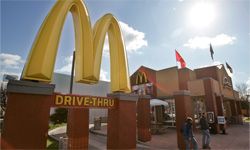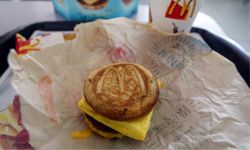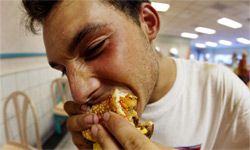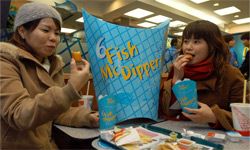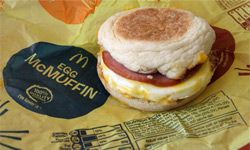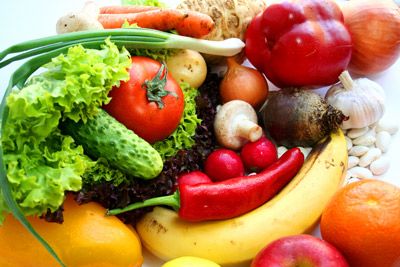Innovation and fast food don't seem like logical bedfellows. How much breakthrough thinking is required to throw together a basic cheeseburger? Not much. But if a restaurant wants to go beyond the burger and introduce a food that employees can make easily and that customers crave, innovation is vitally important.
McDonald's is the prime example. What started in 1955 as a single store with a modest menu of burgers, fries and shakes became the leading global foodservice retailer, with more than 31,000 local restaurants serving 58 million people in more than 118 countries each day [source: McDonald's]. At the heart of this massive growth is one thing: a diverse menu that now boasts nearly 165 items. While some products won't ever make it into a fast-food hall of fame, others are as American as baseball and Chevrolet. McDonald's has an uncanny knack for understanding its customers and applying that knowledge to create sandwiches, sides and salads that customers buy (and buy again) millions of times a year.
Advertisement
Knowing those numbers with great certainty is difficult because McDonald's doesn't release sales figures for individual menu items. You can make some educated guesses, however, using available market research and a little common sense. We'll use both of those sources as we count down 10 of the most popular items ordered by McDonald's customers all over the world.
The first item on our list -- the McGriddles breakfast sandwich -- certainly must have sounded risky when it was first conceived. As we're about to see, it's a gamble that paid off.
